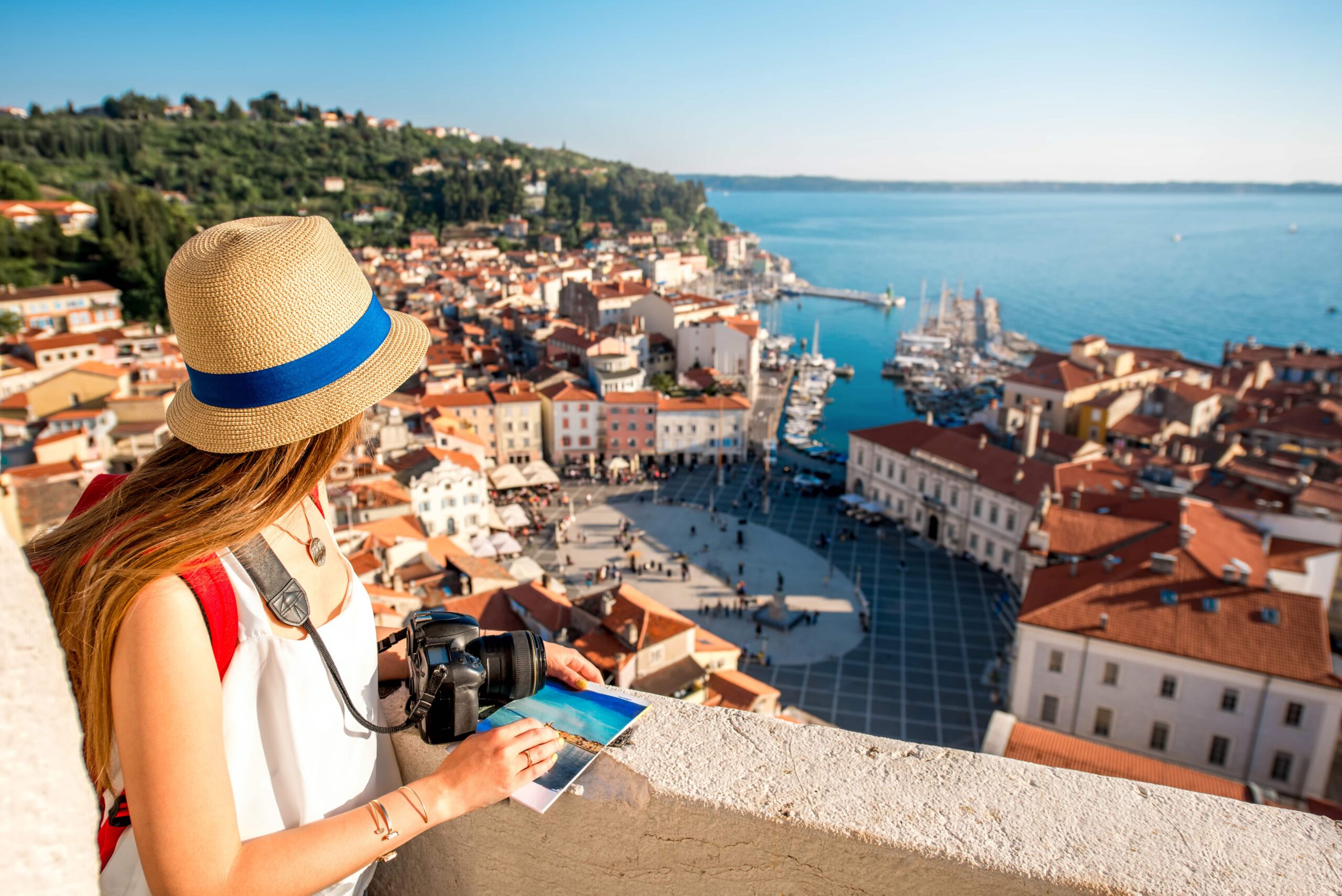5 Effective Design Tips to Drive Better Results
Have you ever wondered if your design is even worth buying? Are they attractive? Can your target audience relate to your t-shirt design? Or is it just a random design, copy pasted on your t-shirts?
The universal appeal of a killer T-shirt design is undeniable. But what exactly is it about a particular layout that makes people want to wear it again and again? In spite of appearances, even the simplest designs need to avoid the most common pitfalls in order to be truly effective.
Here are 5 pointers to keep in mind when designing your own T-shirt.
Choose A Manageable Font Size
The design of a t-shirt is not one of those situations where size doesn’t matter. The default size is a common problem in design. However, the maximum isn’t far from the standard, and that can be too big for some designs. For instance, if you are printing on some cheap wholesale tank tops that you bought, then it may not give the best results.
Always determine the size of your design by the shirt size you are using, the garment’s physical properties, and the design’s specific attributes. As all these factors will have a major impact on the final product.
Pay Attention To Typography And Fonts
Simply put, typography is the art of visually arranging words (not to be confused with the font, which is the style of the text). Good or bad, typography is always at play whenever words are printed or displayed.
Graphic designers use typography, or the art of typesetting, to create legible and aesthetically pleasing compositions. This includes everything from selecting the most suitable typefaces (fonts) to checking the line spacing and letter spacing to ensure a consistent visual style throughout.
Quick Additional Tips:
- The most crucial terms should be highlighted in bold and placed near the top of the document.
- Stay away from gargantuan block letters. No, you are not creating artwork for a bus.
- While it’s a good idea to use fonts with contrasting styles, too many will overwhelm the reader.
- Line breaks have an important role in dictating the flow of a message, so place them thoughtfully.
- Arrange the type and image together with care.
- Don’t overlay text on top of images if they’re already quite busy. Because of this, reading may become extremely difficult.
- Drop shadows and other textural effects should be used sparingly, if at all.
Be Cautious When Composing
You might recall learning about composition in an art class back in high school. Composition refers to how all the parts of a design are laid out in relation to one another. Conscious composition is the key to creating a successful design.
In spite of the fact that you may believe that the criteria for what constitutes an aesthetically pleasing composition are purely subjective, there are some rules that can be followed to help you create more effective designs. The adage goes something like, “Know the rules, then break them.” If you want to hone your compositional skills, you can find a wealth of information online.
Element spacing or clustering errors are common pitfalls. An unbalanced design will naturally direct the viewer’s attention in the wrong direction. For the careless ones like me and many others, reading a type backward can completely alter the real meaning.
In conclusion, if you want your composition to stand out, you need to put in some extra time and effort and consider all the different elements you are using. Get creative with your layouts and see what works best. I suggest you consult a friend on this matter. If you worry at first, you’ll have time to be joyful later.
Properly Position It
Printing an image and placing an image are entirely two different things. And the results are also quite opposite. It’s a precise calculation of how much room you’ll need to print the design. As the space on some cheap wholesale tank tops will obviously be lesser than normal t-shirts.
Make sure you have a good reason for any unconventional print placement choices you make. People who aren’t familiar with T-shirt design might assume that a full front placement would be in the middle of the shirt, but in reality, it’s closer to the top. Approximately 4 inches down from the neckline. Therefore, the belly print is a common faux pas that never looks good.
Make Sure The Pictures Look Good
“Low resolution” images are a frequent issue with customer-submitted art files. That means we can’t rely on them to provide us with the high resolution and fine detail necessary for high-quality printing.
Images at full size should have a resolution of at least 200 dpi. A resolution of up to 300 dpi is ideal. Generally speaking, web images are 72 dpi and not print-ready.
Our best recommendation is to use high-resolution scanning for optimal results. Find the original if you have a copy or an edited version in any way, including resized or saved. One can easily add a damage effect to a poor-quality product so that it appears to be something intentional.











